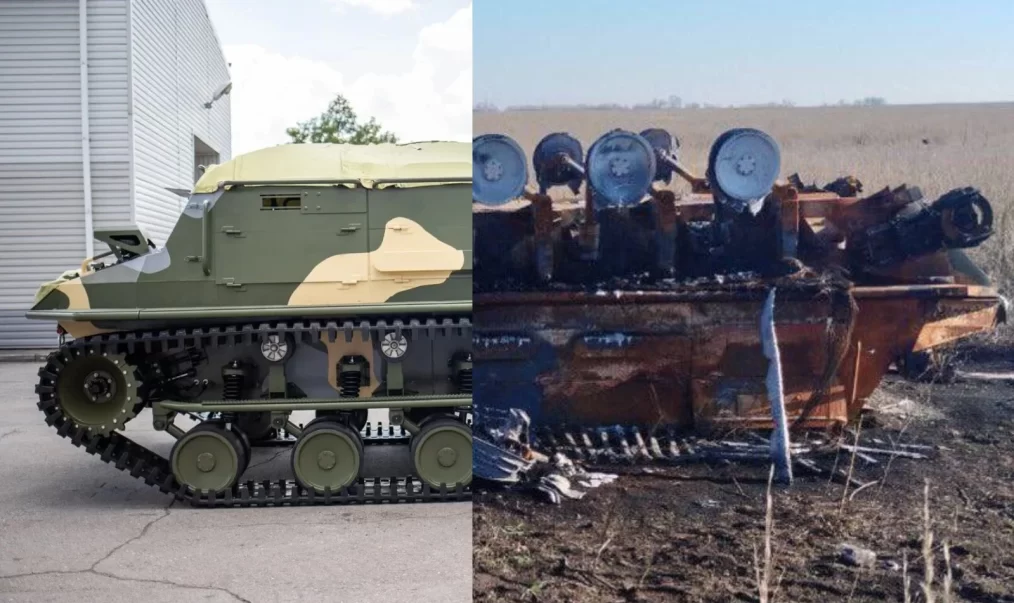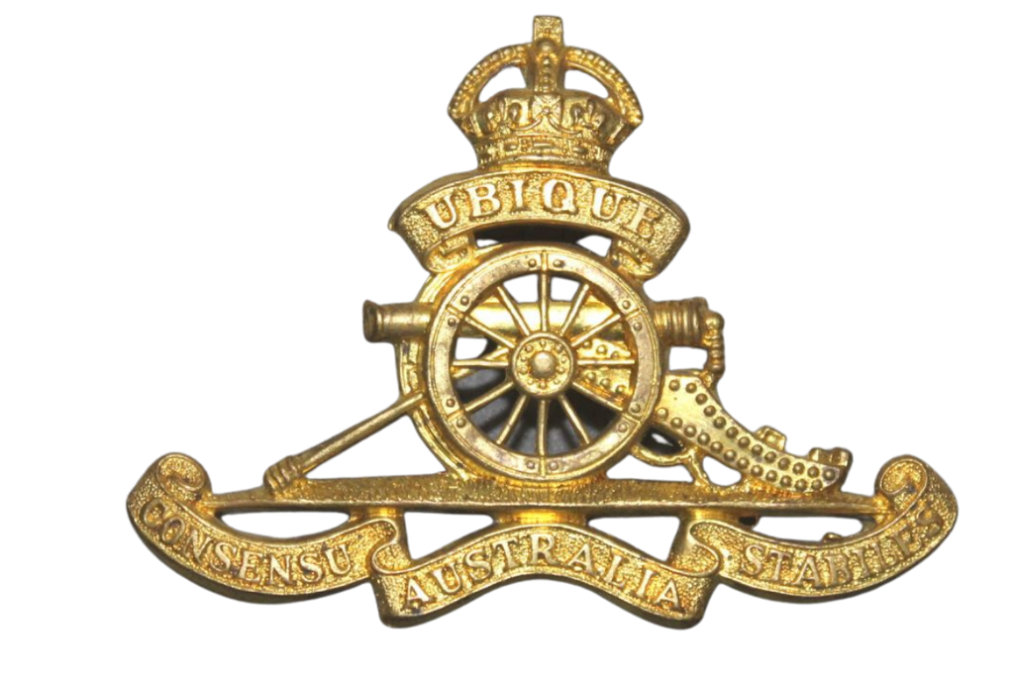Australian Deputy Prime Minister and Minister for Defence, Richard Marles, recently took a stand against what he deemed as misleading information circulating in the media regarding the national Defence budget and spending. Breaking from his usual composed demeanour, Marles expressed his frustration with the media’s perceived lack of truthfulness during a press conference at the Indo Pacific Sea Power Conference, where he was accompanied by Chief of the Royal Australian Navy, Vice Admiral Mark Hammond.
The Minister’s response was triggered by ongoing scepticism directed at the federal government throughout the year, questioning Australia’s commitment to funding the Australian Defence Force and surpassing the 2 percent GDP allocation for defence. Despite the government’s earlier announcement of achieving the first federal budget surplus in 15 years, coupled with funding commitments to the AUKUS agreement and recommendations from the recently released Defence Strategic Review, doubts persisted.
Marles vehemently refuted the media claims, stating, “The comments that we see in the media today are just not true. They’re not true. And they really, they’re a pretty scant relationship to the truth.” He emphasized the government’s dedication to maintaining and, in fact, increasing Defence spending. According to Marles, since coming to power, there has been a 10 percent increase in Defence spending.
Addressing concerns about the Defence budget’s state when the current government took office, Marles highlighted the challenges inherited, including a quarter of expected Defence procurements lacking funding. He attributed this to the former government’s practice of announcing substantial programs without allocating sufficient funds, leading to overruns in projects like the Hunter program and offshore patrol vessels.
Marles defended the government’s decisions, emphasizing the commitment to rectify past deficiencies. He cited the focus on acquiring nuclear-powered submarines, doubling funding for guided weapons, and ensuring long-range strike capabilities. Despite acknowledging difficult decisions, Marles asserted that prioritizing a focused and impactful Defence Force was necessary.
The Minister also refuted claims regarding the reduction of infantry fighting vehicles in the LAND 400 project, explaining that the decision was driven by strategic intent and the impracticality of deploying many vehicles beyond Australia’s shores. He further justified the choices made by highlighting the establishment of a long-range strike brigade, enhancing the Australian Army’s lethality and potency.
In response to criticism about the Canberra Class landing helicopter dock’s deck upgrades for F-35 joint strike fighter aircraft deployment, Vice Admiral Mark Hammond officially ruled out such modifications during the same press conference, stating, “It’s not something I’m looking at.”






